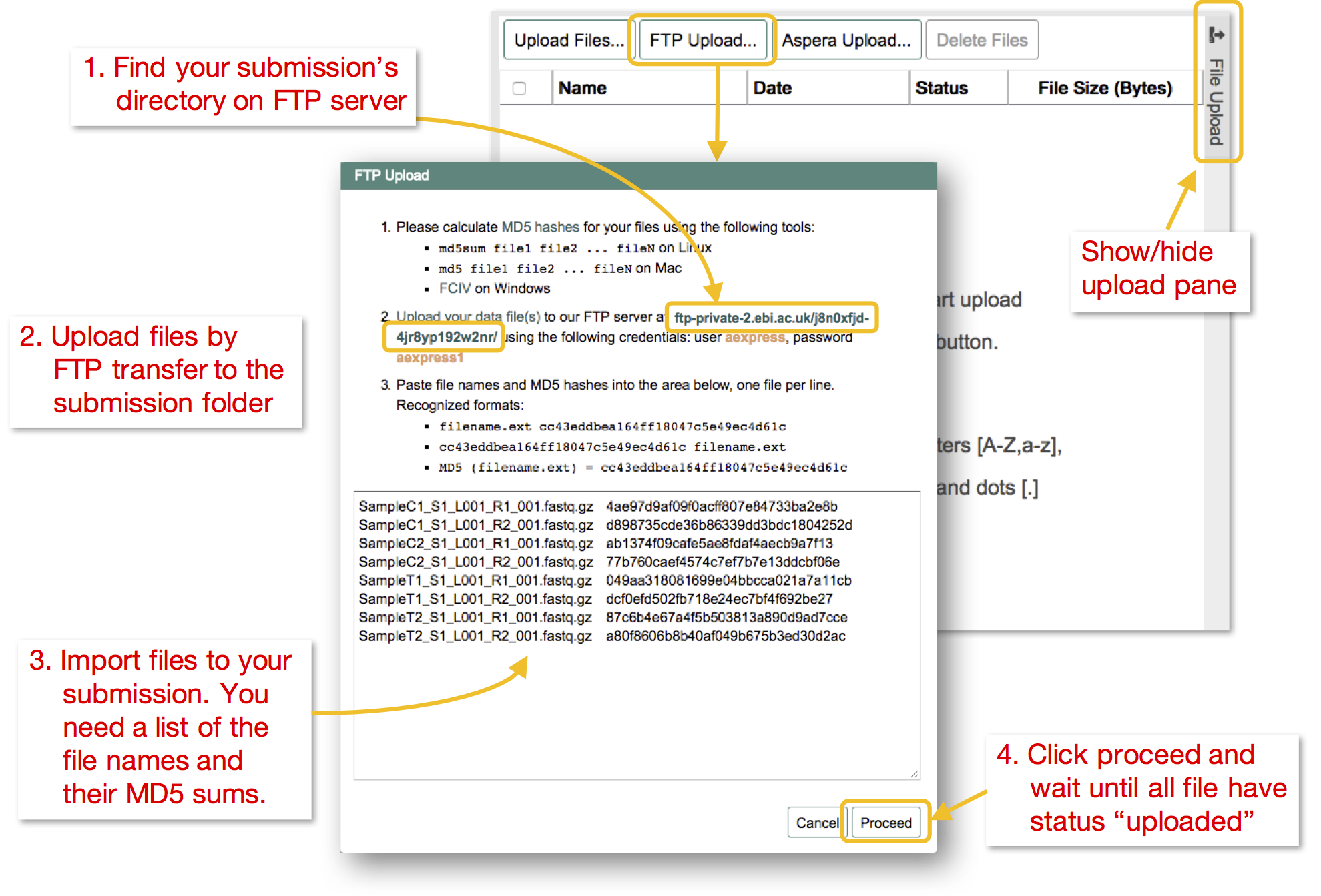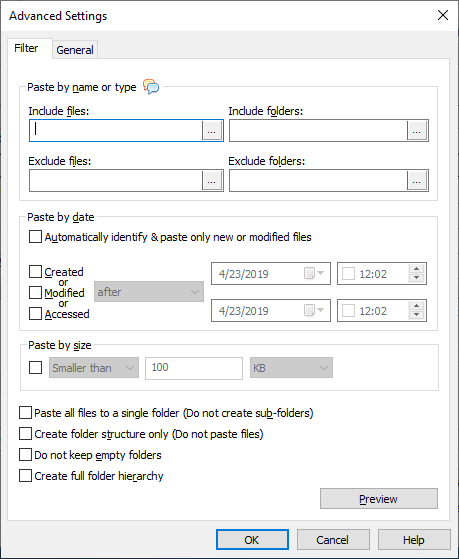
- #WINDOWS COPY MULTIPLE FOLDERNAMES AND PASTE TO FILE FULL#
- #WINDOWS COPY MULTIPLE FOLDERNAMES AND PASTE TO FILE WINDOWS 10#
- #WINDOWS COPY MULTIPLE FOLDERNAMES AND PASTE TO FILE WINDOWS#
#WINDOWS COPY MULTIPLE FOLDERNAMES AND PASTE TO FILE WINDOWS#
Open the policy parameter named Enable Win32 long paths and set it to Enabled.Įnabling Win32 long paths will allow manifested win32 applications and Windows Store applications to access paths beyond the normal 260 character limit per node on file systems that support it. Go to the following GPO section in the Group Policy editor: Computer Configuration > Administrative Templates > System > Filesystem. Or you can enable long path support via the Local Group Policy Editor (Win + R > gpedit.msc > OK). Set-ItemProperty -Path HKLM:\SYSTEM\CurrentControlSet\Control\FileSystem -Name LongPathsEnabled -Value 1 Depending on your OS, it might appear under the tools menu. Click on the Map Network Drive button and select Map network drive.

Then open File Explorer and select This PC. What you should do is browse the hidden share path and copy it to your clipboard. In this case, you can bypass the Windows API restrictions and exceed the MAX_PATH limits. The “\\?\” prefix to the path string tells Windows to disable further parsing of the path string and send the path after the prefix directly to the file system driver. This can be either the path to an SMB share, the path to an administrative share available on any Windows computer (for example, \\servername\d$\users\your_long_path…), or the NT file naming format (\\?\d:\users\longpath). You need to browse the problem folder using the UNC path. The quickest fix for this (especially if you need to simply migrate (move) a lot of folders from one place to another) is to map the folder with a long path to a drive letter. After the job is finished, you can delete the virtual disk using the Subst with the /d option: Subst Z: /d Solution 4. Now you can work with the data on the Z: drive, in which the path to the files won’t exceed the Win32 API path limit. Thus, you can also shorten the path length: Subst Z: “C:\verylongpathhere……” Use Subst UtilityĪnother option is to associate the problem folder to a virtual disk (in our example, Z:), using the built-in utility Subst. There will be no path length restrictions when you perform file operations against the symbolic link directory. Now you can perform all file operations (move, rename) with the directory to which the symbolic link is assigned (c:\homelink in our case). Mklink /d c:\homelink “C:\verylongpathhere……” To create a symbolic link to a folder with a long path, you can use the following command: Create a Symbolic LinkĪnother option is to create a symbolic link to a part of the path, thus shortening the total path length.

This workaround is not always applicable. The simplest way is to shorten the name of the parent folders, by reducing the total path length by simply renaming it.
#WINDOWS COPY MULTIPLE FOLDERNAMES AND PASTE TO FILE FULL#
Rename Parent Folder to Decrease the Full Path
#WINDOWS COPY MULTIPLE FOLDERNAMES AND PASTE TO FILE WINDOWS 10#
Destination Path Too Long error on Windows 10 21H2 Solution 1. You can shorten the file name and try again, or try a location that has a shorter path. The file name(s) would be too long for the destination folder.

For example, the absolute file path might look like this: \\?\C:\folder1\subfolder1\toolongfilenameĭue to max path length limitations, the administrator may encounter the following problems: Some programs use the UNC file path format (prefixed with “?”) to bypass the limitations of the Win32 API. Thanks to this, many third-party programs (the popular file managers, for example FAR and Total Commander) process files/folders whose path length exceeds 256 characters without any problems. When using Unicode API functions, it’s possible to use a path of up to 32767 characters.


 0 kommentar(er)
0 kommentar(er)
